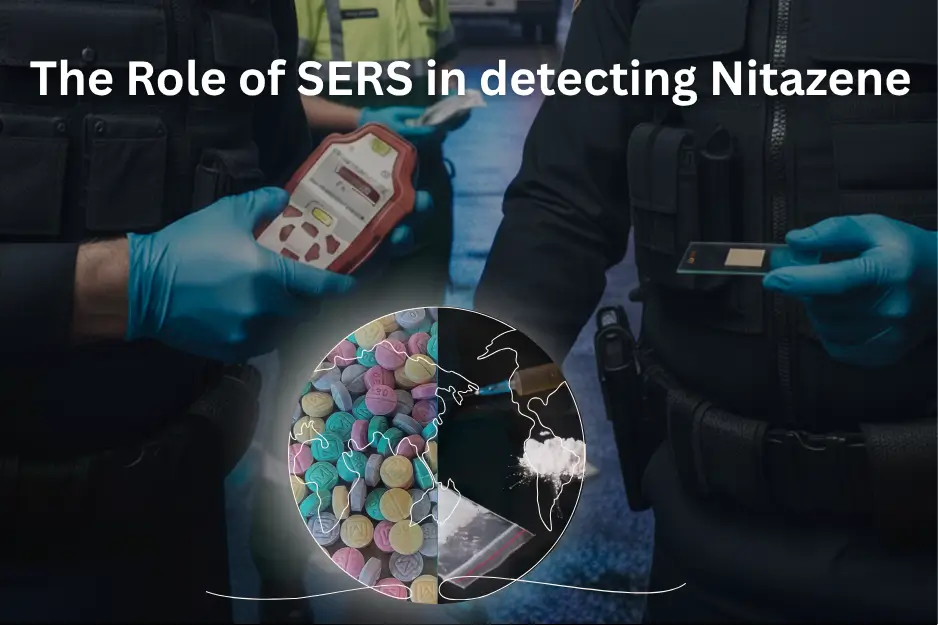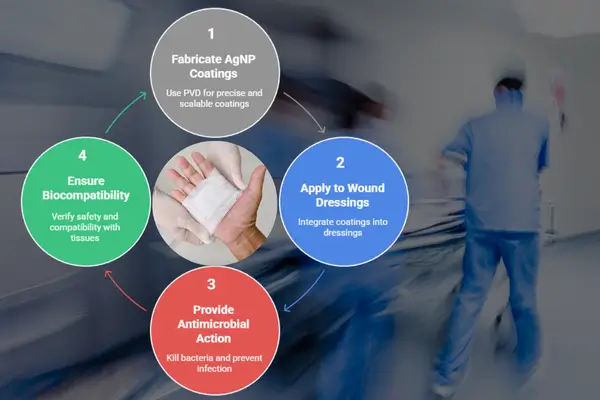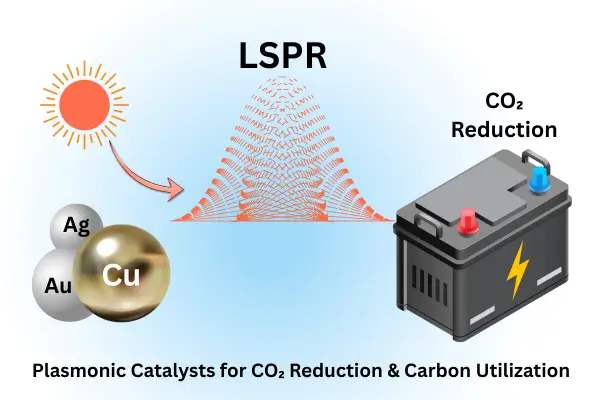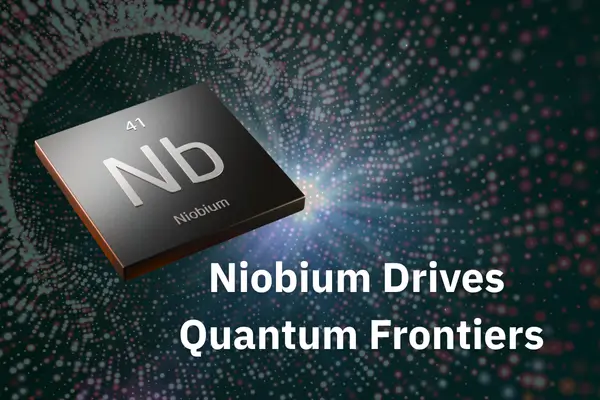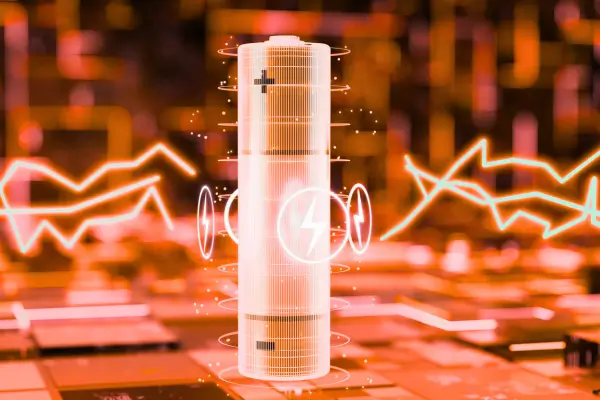Detecting Forever Chemicals in our waterways with SERS
The global water quality crisis extends across continents, with the United Kingdom facing significant contamination challenges from Per- and Polyfluoroalkyl Substances (PFAS), commonly known as forever chemicals. These synthetic compounds persist in the environment for decades, accumulating in our bodies and waterways. As regulatory agencies establish stricter drinking water standards, the need for rapid, accurate […]
Detecting Forever Chemicals in our waterways with SERS Read More »


